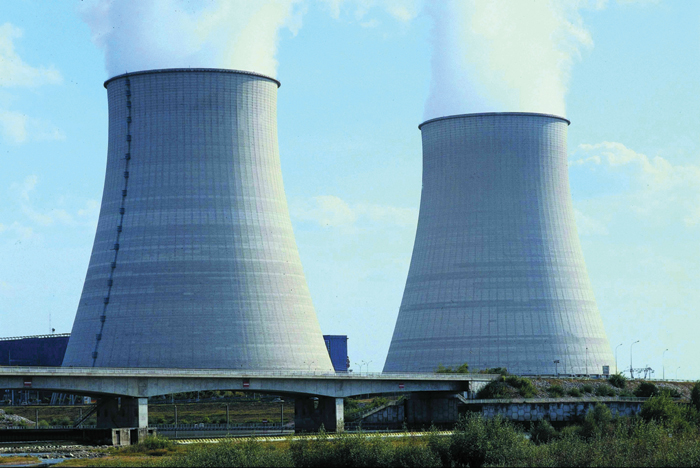After a decade of rapid growth in global CO₂ emissions, which increased at an average annual rate of 4%, much smaller increases were registered in 2012 (0.8%), 2013 (1.5%) and 2014 (0.5%). In 2014, when the emissions growth was almost at a standstill, the world's economy continued to grow by 3%. The trend over the last three years thus sends an encouraging signal on the decoupling of CO₂ emissions from global economic growth. However, it is still too early to confirm a positive global trend. For instance India, with its emerging economy and large population, increased its emissions by 7.8% and became the fourth largest emitter globally.
European CO₂ emission reductions
In 2014, despite an overall increase of 1.4% in the GDP for the European Union, the EU decreased its CO₂ emissions by 5.4% with respect to 2013. This comes after reductions also in the two previous years, although the reductions in 2012 and 2013 were at much lower rates (-0.4% and -1.4 %). The results illustrate the continued decoupling of Europe's economic growth from CO₂ emissions. Total EU CO₂ emissions are now 23% below the 1990 level.
Global emissions stalled in 2014
Apart from the EU, other countries such as Japan (-2.6%) Russia (-1.5%), and Australia (- 2.1%) also reduced their emissions. In total, only a 0.5% increase in global CO₂ emissions was recorded in 2014 with respect to the previous year. The total emissions from fossil fuel combustion and industrial processes amounted to 35.7 billion tonnes CO₂ in 2014, compared to 35.3 billion tonnes in 2013.
China emissions also slowed down
Although it remains the largest emitter world-wide, China has also managed to slow down its emissions growth. After the surge in CO₂ emissions recorded over the past 10 years, China's emissions increased by only 0.9% in 2014, the same rate as the United States. A big part of the overall curbing of global emissions can therefore be attributed to China's structural changes in its economy favouring less energy-intensive services, a high value-added manufacturing industry and investments into more low-carbon energy options.
US per capita emissions among highest
The United States still has very high emissions per head of population, with 16.5 tonnes CO2 per capita in 2014. This is more than twice as high as those of China (7.5 tonnes CO2 per capita) and the EU (7.1 tonnes CO2 per capita).
Source: European Commission, Joint Research Centre (JRC)
